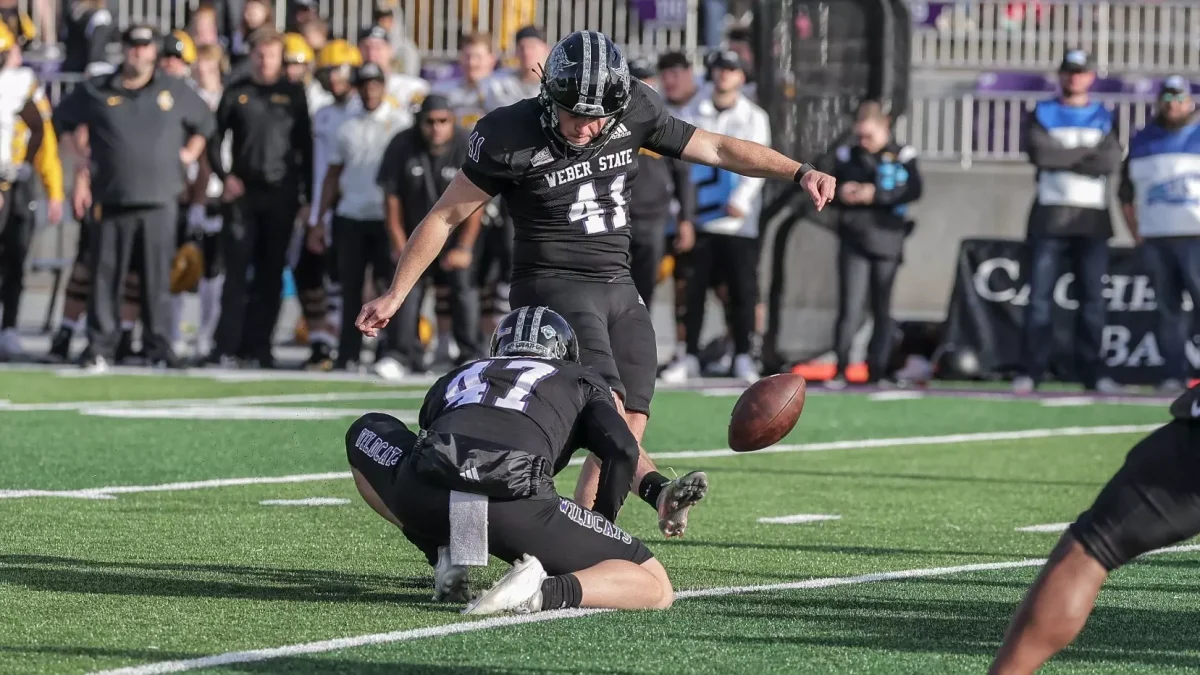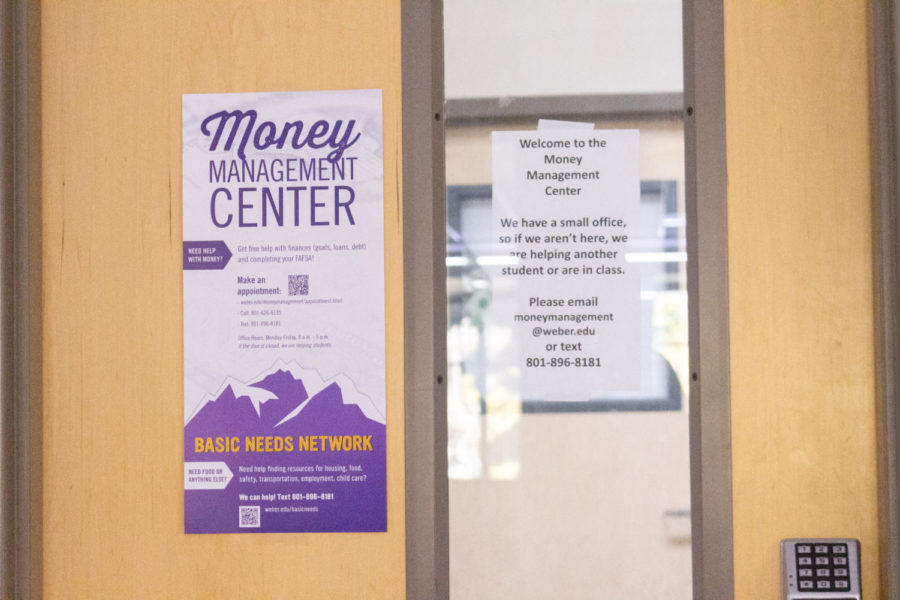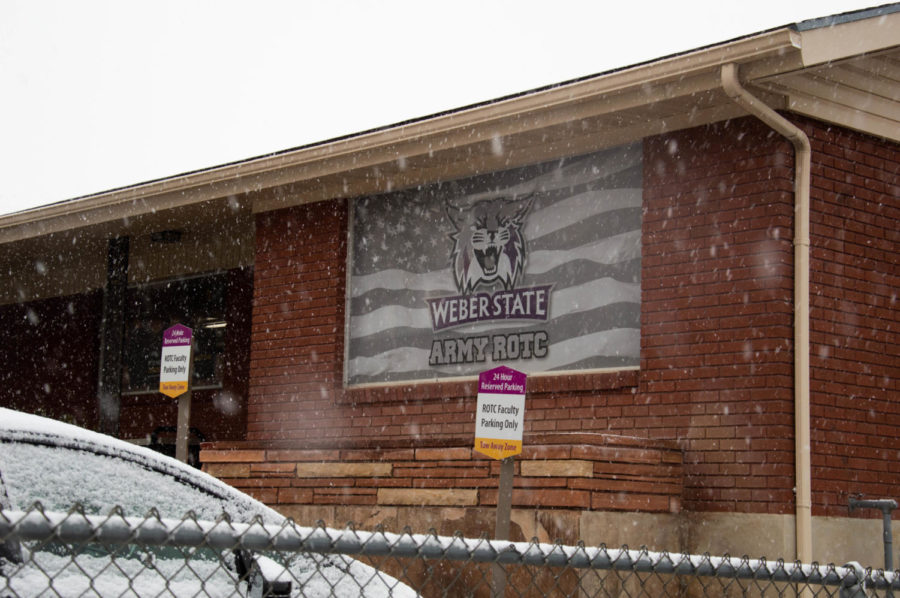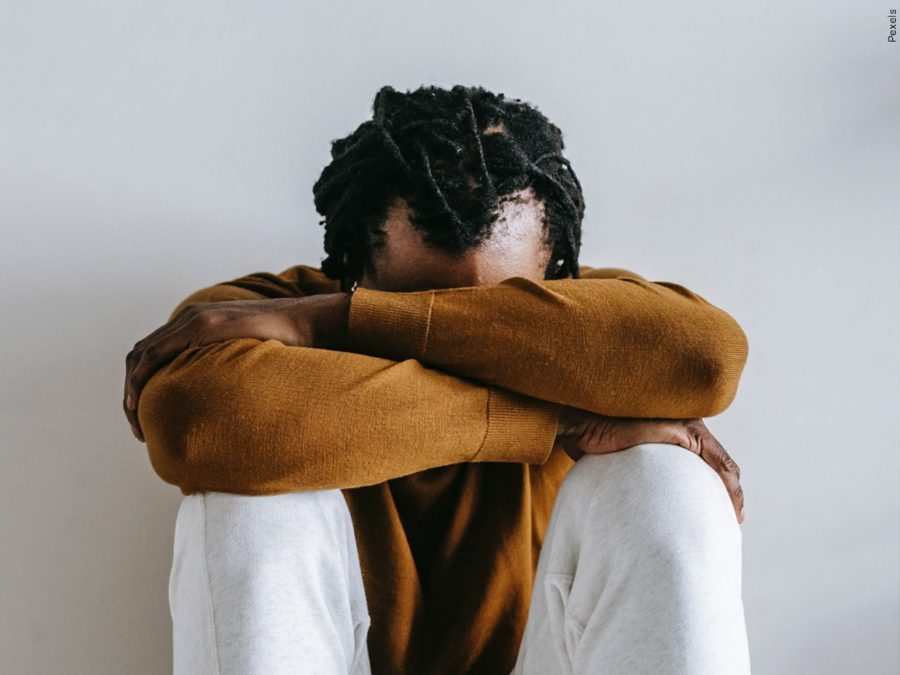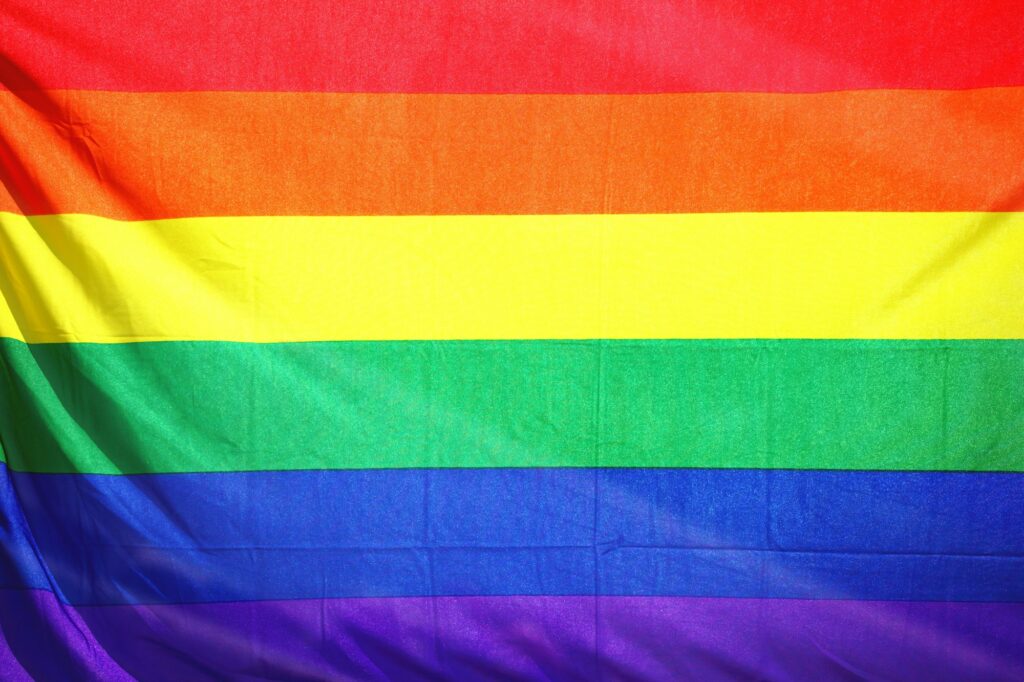
On March 4, Utah was on the cusp of becoming the most conservative state to ban conversion therapy, the psuedoscientific programs designed to change a person’s sexual orientation. HB 399, the legislation written to ban the practice, had the support of Republican representatives and LGBT activists.
Equality Utah, an organization that works to secure equal rights and protections for LGBT Utahns, worked with chief sponsor Craig Hall to draft the bill. For a moment, it seemed Utah might display a rare show of bipartisanship.
Troy Williams, the executive director of Equality Utah, was optimistic about the possibility of the bill passing.
“It feels like the stars have aligned,” Williams said.
HB 399 would have built upon a foundation of other bills to protect LGBT members, including statewide legislation to ban discrimination based on sexual orientation and gender identity, and a repeal of “no promo homo,” a law restricting discussions of homosexuality in schools.
When the Church of Jesus Christ of Latter-day Saints didn’t stand in the way of the bill, activists hoped Utah’s culture had shifted sufficiently for it to pass.
Instead, on March 5, the House Judiciary Committee voted in favor of a significantly-altered bill, introduced by Rep. Karianne Lisonbee, that earned the surprise endorsement of Gov. Herbert.
The next day, after losing support from Equality Utah, the bill was tabled indefinitely, meaning it will not advance this legislative cycle.
In its original form, the bill would have banned “any practice or treatment that seeks to change the sexual orientation or gender identity of a patient or client.”
Lisonbee’s rewritten bill removed “gender identity” and narrowly defined conversion therapy, banning only the most extreme forms of the practice and leaving transgender minors unprotected. The new bill provided authorization for discredited therapists to continue harmful practices.
In a surprise move, the LDS church didn’t stand in the way of the original bill. The church released a statement recognizing the harms of conversion therapy.
“They made a very affirmative statement of love and support for LGBT youth,” Williams said. “We’re grateful to them for that effort.”
While the church’s history with LGBT rights is mostly disparaging, Equality Utah put those differences aside in order for the bill to pass.
“When it comes to politics, we don’t have to agree on everything,” Williams said. “When we do find common ground, it’s meaningful. We both had a common goal to protect young people from harm. That’s where we put all our energy.”
Public awareness, helped by films such as “The Miseducation of Cameron Post“ and “Boy Erased,” brought conversation about conversion therapy into mainstream discourse.
Twenty-four years ago, J.S. had just returned from an LDS mission when he signed himself up for conversion therapy.
Because J.S. isn’t publicly out, we will be using his initials to protect his identity.
“The message I was getting from my community was that this was something I had to change,” J.S. said. “The only way I would be accepted by my community — even by God — was to change my sexual orientation.”
J.S. underwent cognitive behavioral therapy, which focused on having him develop a male gender identity. The belief was if he could become more masculine, he would cease to be attracted to men and would develop an attraction to women instead.
His therapy included sports programs, based on the idea that gay men must have wounds around sports. If they were able to heal those wounds, it would have an effect on their gender identity, thereby changing their sexual orientation.
J.S. remained active in the LDS church, despite feeling unwelcome. He was determined to make the therapy work, despite the negative effect it had on his mental health. His self-esteem deflated and he began to feel hopeless.
“My activity in the LDS church and my attempts to change my sexual orientation ended with me searching for ways to kill myself,”J.S. said. “After about a month of that, I realized I had to get help. I had to reject this whole expectation and accept myself for who I was.”
J.S. knew that his sexual orientation couldn’t be changed and he stopped conversion therapy. By then, he was 36, and the prospect of shifting his worldview was overwhelming.
“I was attempting to change my sexual orientation for over 15 years,” J.S. said. “That’s a long time to try doing something that you can’t do.”
After rewriting the bill, Rep. Lisonbee faced heavy criticism from LGBT activists. She said she was looking for a compromise that would still protect LGBT rights.
However, comments uncovered on Facebook by The Associated Press show that Lisonbee still supports the practice. In 2013, Lisonbee wrote that “living a homosexual lifestyle may cause individuals to choose to commit suicide.”
Lisonbee also opined that using electric shocks to change sexual orientation shouldn’t be considered torture if the subjects volunteered.
Though her online comments have since been removed, Lisonbee didn’t disavow them when her stance was questioned. Instead, she pointed to legislative testimony by a man who said he successfully overcame unwanted same-sex attraction, and said such therapy should be available to others who want it.
HB 399 wouldn’t have protected adults who might choose to undergo conversion therapy, like J.S. Because he was 21, this bill wouldn’t have affected him. He doesn’t want any children to endure the emotional toll the therapy took on him.
“I went through my roughest times as an adult,” J.S. said. “It’s these teens who are most vulnerable who maybe feel like for their parents’ love, they need to go change this thing about themself.”
Utah has one of the highest LGBT youth suicide rates in the country, a statistic fueled by familial and social rejection of queer youth. Conversion therapy has serious deleterious effects on mental health.
According to a study done by Dr. Caitlin Ryan, who worked with a team of researchers for the Family Acceptance Project, minors subjected to conversion therapy are more than twice as likely to attempt suicide than LGBT youth not subjected to conversion therapy.
Suicide attempts nearly tripled for LGBT who reported intervention efforts by both their parents and clergy members or therapists.
“The history of sexual orientation change efforts is gory, especially in Utah,” J.S. said.
Brigham Young University has a complicated relationship with the LGBT community, stemming from an address from then-president Ernest Wilkinson, who stated in a speech to the student body that people with homosexual feelings wouldn’t be allowed to enroll because they would contaminate the campus.
In 1965, then-apostle Spencer W. Kimball called homosexuality a “gross, heinous, vicious” sin that could be corrected and overcome by an individual who desired to change. Kimball said that BYU would never “knowingly enroll, nor tolerate, anyone with these tendencies who fails to repent.”
Then, in 1976, a study was released by Max Ford McBride at BYU, promising that electric aversion therapy could cure homosexuality. Students signed up willingly. Tubes were placed around the man’s penis, and he would view nude images of men. When he was aroused, shocks would be given in three 10-second intervals.
While electroshock therapy is mostly a thing of the past, other methods, including chemical compounds and nausea-inducing drugs, still persist today.
In 2015, a group at BYU-Idaho tried to hold an event encouraging students to overcome same-gender attraction. Programs were distributed in a congregation, advertising a discussion with a professional counselor who had helped many overcome same-gender attractions. After the flyer was released publicly, the event was called off.
Now, the LDS Church publicly opposes the disavowed practice, and of the approximately 4,000 therapists in Utah, none of them advertise conversion therapy. But that doesn’t mean sexual orientation change efforts have ended. The practice has just moved underground.
“They don’t call themselves conversion therapists, but they still do various forms of conversion therapy,” Williams said. “We’re talking about rogue therapists.”
J.S. didn’t go through aversion therapy or other physically severe forms. For him, the most harmful thing about conversion therapy was the constant expectation for him to change.
“Everyone with a different sexuality has to learn to accept themselves and face it in their own way,” J.S. said. “For me, for a long time, that was trying to change. It ultimately had such a negative effect on my self-esteem that I almost destroyed myself.”
Gov. Herbert endorsed the rewritten bill, causing Williams to resign from Herbert’s Youth Suicide Task Force. Taryn Hiatt, area director for the America Foundation for Suicide Prevention, also resigned from the task force.
In a letter addressed to Gov. Herbert, Williams wrote, “My hope was that your administration was serious about addressing issues related to LGBTQ youth suicide. I’ve come to realize that you are not.”
After a group of protesters gathered outside Gov. Herbert’s office, he issued a letter of apology.
“I realize there is much I do not understand about the issues that LGBTQ youth face every day,” Herbert wrote. “We have had an enormous misunderstanding, and I am sorry.”
Though HB 399 didn’t pass this year’s legislative session, Equality Utah will try again next year.
“Being gay is not a mental illness that needs to be fixed by a therapist,” Williams said. “It’s a beautiful variation of the human experience.”
Ultimately, conversion therapy is only a symptom of the problem. Conversion therapy stems from the cultural belief that certain sexual orientations need to be changed.
“What drives people to conversion therapy is a sense of shame that there’s something wrong with them,” Williams said. “It’s important young people know they’re beautiful, they’re healthy, and they’re strong.”




